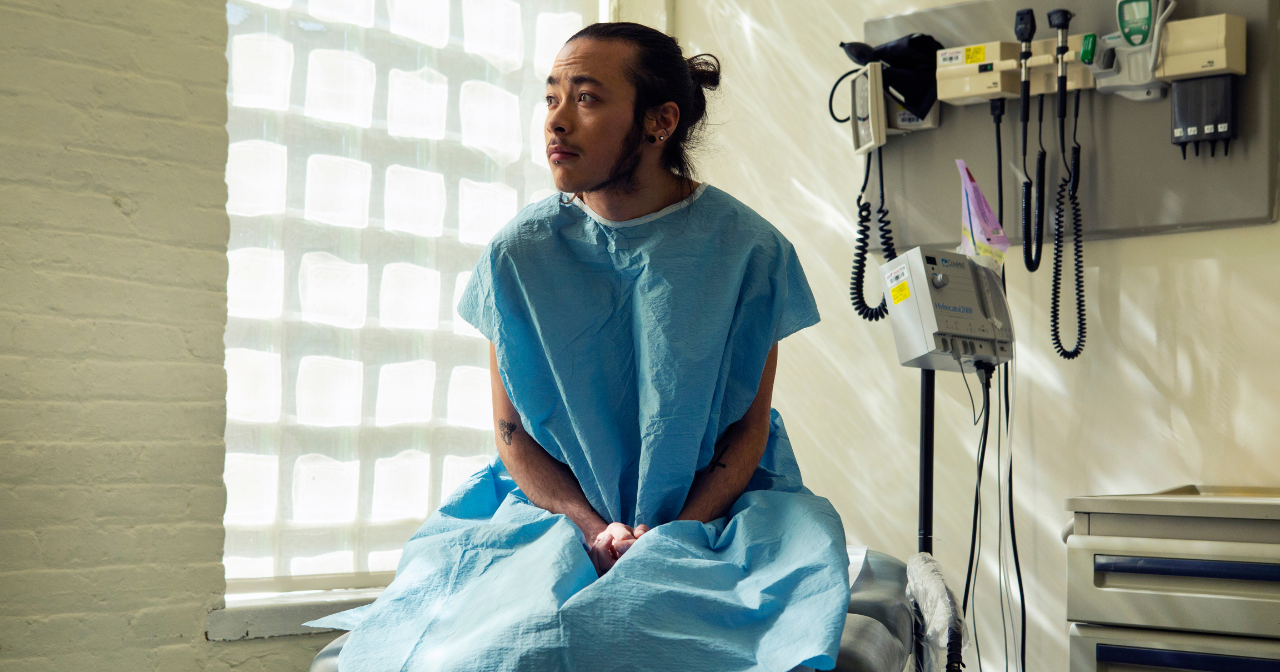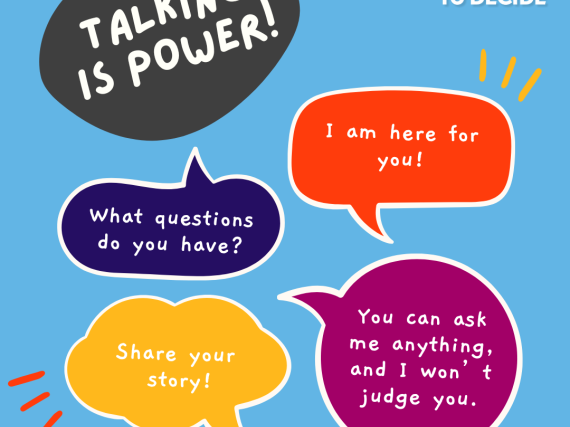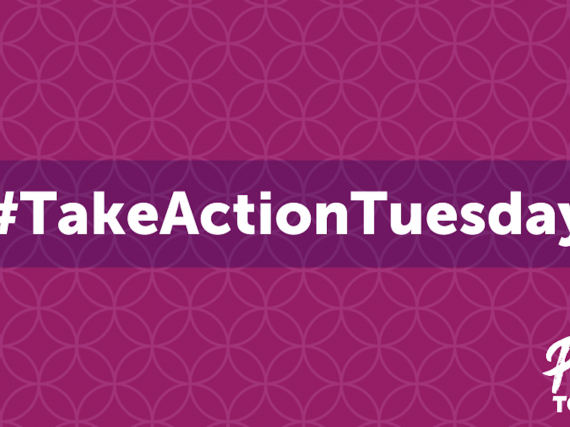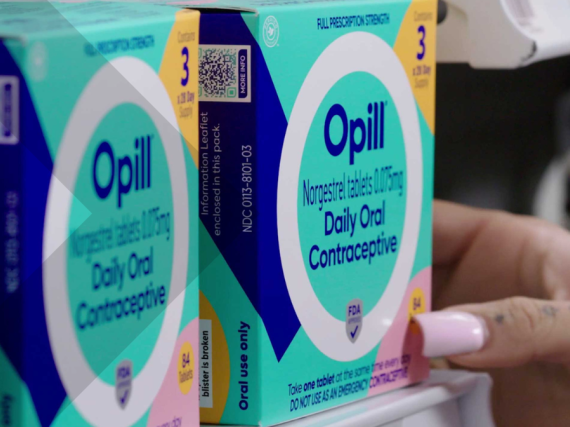Recognizing and Celebrating the Lives of Trans People
March 31, 2021, marks the 12th annual International Transgender Day of Visibility, which celebrates the resilience and success of transgender and gender nonconforming people and raises awareness of the work that must still be done to save trans lives and help all people to flourish. But even as we rejoice in recent positive steps forward, we must recognize that in addition to everyday struggles against discrimination and microaggressions, trans people face disproportionate amounts of violence.
The health care community is not exempt from making the lives of trans people more difficult. In 2018, the Center for American Progress released results from a survey of lesbian, gay, bisexual, transgender, and queer identifying patients. On average, transgender patients faced many more difficulties when attempting to receive care than their other queer peers.
- 29% encountered a provider who refused to see them.
- 12% were refused care by a provider.
- 23% had a provider who would not recognize their family.
- 21% heard harsh or abusive language from a provider treating them.
- 29% experienced unwanted physical contact from a provider.
Wherever a person falls on the gender spectrum, they have sexual and reproductive health needs and they deserve culturally competent care that respects them as an individual.
Like cisgender people, transgender and gender nonconforming people are sexually diverse and may be at risk for unplanned pregnancy. They must also have access to the full range of birth control methods so that they too can decide if, when, and under what circumstances to get pregnant and have a child. Additionally, individuals on the gender spectrum may or may not use hormone therapy or have surgery as part of their gender journey—and this may affect what type of birth control method they use. Moreover, contraception can help alleviate gender dysphoria for some folks by regulating or stopping menstruation, or preventing unplanned pregnancy which can trigger gender dysphoria. Ultimately, all the birth control methods available for cisgender people are also available for transgender and gender nonconforming people.
Wherever a person falls on the gender spectrum they also deserve to experience sex education that acknowledges and affirms their existence. Sex ed should be for all.
Many sex education programs outright denounce non-heterosexual relationships, while others may less explicitly uphold straight, monogamous relationships between cisgender people as the expected norm and ignore LGBTQ people altogether. In order for sex education to be truly comprehensive, it must provide information about consent and healthy relationships; anatomy and physiology; puberty and adolescent sexual development; gender identity and expression; sexual orientation and identity; and sexual and reproductive health—including the full range of birth control methods and pregnancy options. The Sex Ed for All movement is a pledge to work to provide young people of all bodies and identities access to the information and care they need to ensure their lifelong sexual and reproductive health.
Ultimately, all young people – no matter where they fall on the gender spectrum – face vast systemic inequities and structural barriers to ensuring their health. But these inequities and barriers are exacerbated for queer and trans youth. As we celebrate and uplift the accomplishments of transgender and gender nonconforming people on March 31, we must also work to ensure they have access to the health care and information they need and deserve to live healthy lives.



